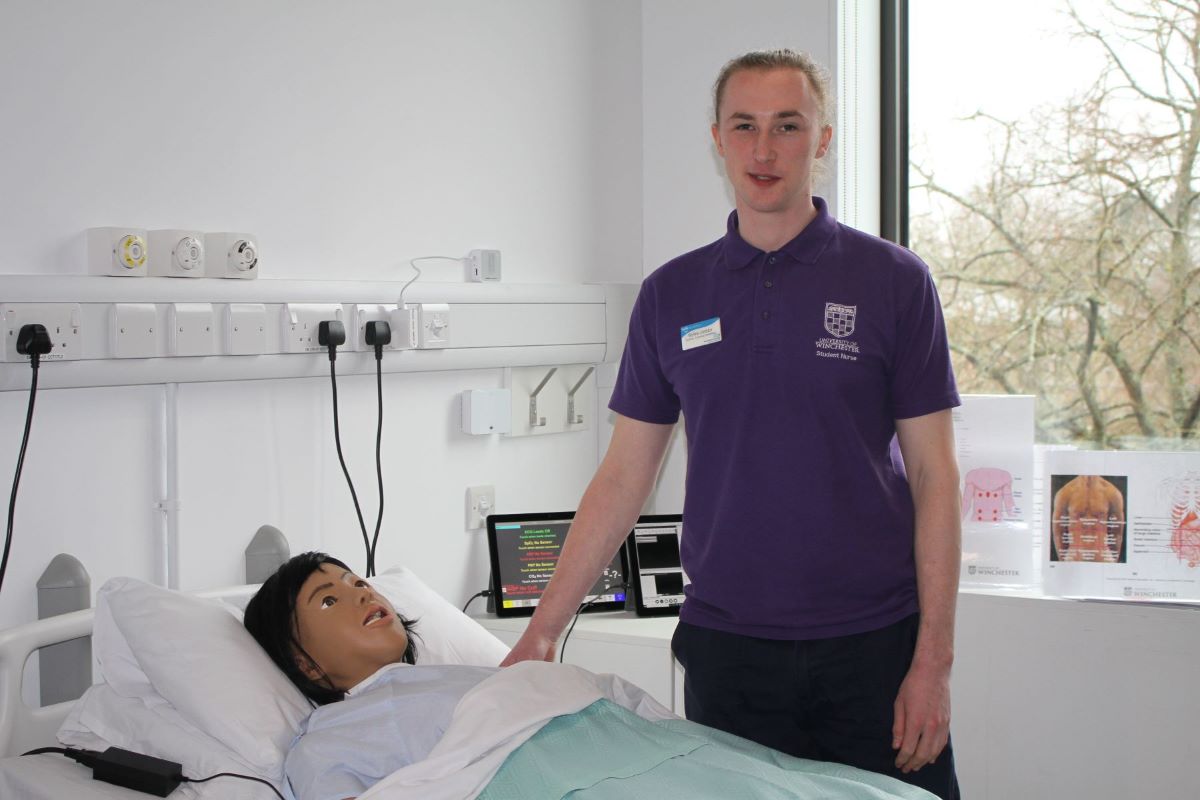ONS Labour Market Stats for October 2024. Economic Activity numbers double the number of people who are unemployed

Office for National Statistics released their latest Labour Market stats today (15th October 2024), top level figures are:
- The employment rate came in at 75%, up slightly on the previous quarter
- Unemployment came in at 4.0%, versus 4.1% in the three months to July and market expectations of 4.1% (Trading Economics)
- Economic Inactivity fell quarter-on-quarter to 21.8%
- Annual wage growth came in at 3.8%, versus 4% in the three months to July and market expectations of 3.8% (Trading Economics)
The UK employment rate (for people aged 16 to 64 years) was estimated at 75.0% in June to August 2024, above estimates of a year ago, and increased in the latest quarter.
The UK unemployment rate (for people aged 16 years and over) was estimated at 4.0% in June to August 2024, below estimates of a year ago, and decreased in the latest quarter.
Economic Activity numbers double the number of people who are unemployed
The UK economic inactivity rate (for people aged 16 to 64 years) was estimated at 21.8% in June to August 2024, below estimates of a year ago, and decreased in the latest quarter. Learning and Work calculated that the number of people economically inactive due to long-term sickness remains elevated, at 2.8 million – double the number of people who are unemployed.
The UK Claimant Count for September 2024 increased on the month and on the year, to 1.797 million. Starting in May 2024, the Department for Work and Pensions are rolling out an increase in the administrative earnings threshold for full work search conditionality. This change is likely to affect around 180,000 claimants over a period of around six months, increasing the Claimant Count over that time.
The estimated number of vacancies in the UK decreased in July to September 2024, by 34,000 on the quarter to 841,000. Vacancies decreased on the quarter for the 27th consecutive period but are still above pre-coronavirus (COVID-19) pandemic levels.
Annual growth in employees’ average regular earnings (excluding bonuses) in Great Britain was 4.9% in June to August 2024, and annual growth in total earnings (including bonuses) was 3.8%. This total annual growth is affected by the NHS and civil service one-off payments made in June, July and August 2023.
Annual growth in real terms (adjusted for inflation using the Consumer Prices Index including owner occupiers’ housing costs (CPIH)) for regular pay was 1.9% in June to August 2024, and for total pay was 0.9%.
There were an estimated 31,000 working days lost because of labour disputes across the UK in August 2024.
Sector Reaction to ONS Labour Market data for October 2024
Work and Pensions Secretary, Liz Kendall MP said:
“To get Britain growing again we need to get Britain working again. Millions of people are locked out of work due to long term sickness. This is not good for them, for our economy or for the taxpayer.
“That’s why we will bring forward the biggest reforms to employment support in a generation – overhauling jobcentres, delivering a Youth guarantee so every young person is learning or earning, and new work, health and skills plans to tackle inactivity – unlocking opportunity and potential in every area of the country.”
The Recruitment and Employment Confederation (REC) Chief Executive Neil Carberry said:
“This image reflects a job market poised for a catalyst. Currently, employers are treading water, with employment rates lagging 2020 levels, high inactivity, and vacancies still exceeding pre-pandemic figures. But pay growth is providing enough calm water for the Bank to feel confident about going a bit further with interest rate reductions.
“Employers are eager to get back to business now that the General Election is behind us and there’s more clarity on the Employment Rights Bill and the Industrial Strategy. The upcoming Budget is critical in this context. A stronger sense of confidence in economic recovery will encourage employers to start hiring and investing again.”
Responding to the latest ONS figures, Dr Helen Gray, chief economist at Learning and Work Institute (L&W), said:
“This month’s data show that the number of people economically inactive due to long-term sickness remains elevated, at 2.8 million – double the number of people who are unemployed. This highlights the need for the forthcoming White Paper on the Plan to Get Britain Working to focus on joining up work, skills and health, and providing support to the 9-in-10 out-of-work disabled people each year who do not currently receive help to find work.”
Comment from Ben Harrison, Director of the Work Foundation at Lancaster University.
“Today’s labour market statistics provide a reminder of the complexities and challenges facing the Government in delivering its pro-growth and pro-worker agenda.
“The Employment Rights Bill has the potential to usher in a more secure and flexible era of working conditions but, today, workers are still barely better off than in 2008 despite recent strong wage growth. Labour demand continues to soften, with vacancies down dropping for the 27th consecutive month, and with over 2.75 million people out of the jobs market due to ill-health the Government must fast track action to grow the economy, and help people stay-in and return to work at the Autumn Budget.
Making work pay – pay rising but people barely better off than in 2008
“Annual nominal wage growth has slowed to 4.9%. This marks the end of a record 25-month run of above 5% pay growth, but due to high inflation, workers are still only £14 a week better off on average in real terms than they were two years ago. Even more alarmingly, average wages are just £20 a week higher in real terms than they were at the start of the global financial crisis in August 2008.
“The Government’s focus this week on boosting growth and levering in more investment to the UK is critical to ending this decade of wage stagnation. But it will only do so if the Government ensures any jobs created are secure, well paid and offer workers clear routes to progression.
Supporting those with ill health to work remains a huge challenge
“The UK employment level is up on the year at 75%, with unemployment decreasing on the year to 4.0% and economic inactivity dropping slightly to 21.8%. Economic inactivity due to ill-health seems to be levelling off and now stands at 2.75 million, with consecutive falls since peaking at 2.83 million in February to April 2024. However, there are now 638,000 more people who are economically inactive due to long-term sickness since December-February 2020.
“The Government has promised to get Britain working and it is positive that the Employment Rights Bill prioritises strengthening flexible working, which can allow workers with disabilities and long-term health conditions to better manage their health and wellbeing while remaining in work. However, if a new ‘day one right’ to flexible working is to mean anything, it is imperative that provisions in the legislation do not inadvertently allow employers to effectively reject flexible working requests out of hand.
“In addition, Government must prioritise reforming and investing in its Work and Health programmes and working with employers to re-design job roles and provide flexibility around existing health conditions to help workers stay in sustained employment.”
TUC General Secretary Paul Nowak said:
“People need jobs they can build a decent life on. But the Conservatives left behind a toxic economic legacy with record levels of economic inactivity, vacancies in decline and millions trapped in low-paid insecure work.
“The Budget is an opportunity to repair and rebuild after 14 years of Tory destruction. By investing in the future, we can drive growth and create more good jobs. The Employment Rights Bill will also ensure we see improvements in workers’ rights and incomes.
“But if we want to get more people back into the labour market we also need to fix our crumbling public realm, improve access to treatment and help reduce alarming rates of long-term ill health”
On rising youth unemployment, Paul added:
“We know that youth unemployment has terrible scarring effects on young people’s life chances. This is not a problem we can allow to get any worse, and today’s rise in long-term youth unemployment is particularly concerning
“The government’s youth guarantee can make a real difference and stop people from being left on the scrap heap. The sooner it is rolled out the better.
“But we also need to look at the quality of work on offer to those starting their career. Labour’s Make Work Pay agenda and its investment in green energy and industry can offer a route to the decent, well-paid jobs young people badly need.”
Matthew Percival, Future of Work Director, CBI, said:
“Five months of falling sickness-related inactivity is a welcome start to turning around the workforce shortages that have been a brake on growth in recent years.
“At the Budget later this month, the Chancellor has an opportunity to build on this start by implementing a comprehensive package of health tax incentives – like tax-free private medical treatment – which could help people back into the workplace.
“A recent CBI survey found 49% of businesses would reinvest the National Insurance savings into employee health support, with 26% investing even more. This could boost the economy by £8.57 billion and prevent more than 33,000 people annually from leaving the workforce due to ill health by 2030.
“In turn this produces a net gain for the public finances by 2036 through tax receipts from people staying in work, savings from reduced welfare payments and costs to the NHS.”
Michael Stull, managing director, ManpowerGroup UK, says:
“From a recruitment perspective, we appear to be in a hiring recession, with employers putting the brakes on their recruitment activities in nearly every sector. The key challenge remains with the economic pressure cooker of high vacancy and economic inactivity levels, low productivity, and fierce competition for scarce specialist talent. The latest UK labour market statistics show that employment has increased very slightly while unemployment has also cooled marginally. The economic inactivity remains concerning at 21.8% and overall we’re still only seeing minimal variances in these numbers which won’t be enough to shift the current sentiment amongst employers. So the question for the UK labour market is how do we break out of this cycle of uncertainty to get the economy moving again?
“Some answers may be found in the Government’s draft Employment Rights Bill but further detail will be needed to instil confidence, some of which may be forthcoming in the Autumn Statement. There is no overnight fix however and the wait for legislative detail is only a part of the challenge that employers face in driving up workforce participation, skills and productivity. For businesses that can do so, encouraging more people back into the workforce has to be a priority. Employers who aren’t currently in a position to hire must stay focussed and strategic with their workforce planning across areas such as skills-based hiring, flexible working, and talent development.”
Nicholas Hyett, Investment Manager at Wealth Club, commented;
“This batch of labour market data could hardly be better from the Chancellor’s point of view. Unemployment and economic inactivity are both down, while employment is up and wages are up by considerably more than inflation. No signs of recession here thank you very much.
“True some of that wage growth is just a feedback loop from the lump sums paid to NHS and civil service workers over the summer – but the UK still looks like an economy that’s in reasonably good health and, crucially, able to bare some “painful” higher taxes.
“And it’s not just the Chancellor who may feel she’s received a final treat ahead of the Halloween budget. There will be a sigh of relief from Reeves’ former colleagues on Threadneedle Street too, with the steady decline in wage growth a sign inflation continues to ease.
“Fingers crossed tomorrow’s inflation number doesn’t show the UK economy turning into a pumpkin at the worst possible moment.”
Dr Andrea Barry, Principal Economist at Youth Futures Foundation, comments:
“The latest data from the ONS Labour Market statistics reveal a concerning trend of persistent youth unemployment, with over 12.6% of UK youth aged 16-24 out of full-time education currently unemployed. Additionally, 20.2% young people not in full-time education are economically inactive.
“These figures further highlight the scale of the challenge to achieve the Prime Minister’s ambitious goal to eradicate youth unemployment, which he set out at Labour party conference. It remains achievable in the long-term, and we agree that initiatives like the Youth Guarantee are a crucial first step.
“As co-chairs of the Youth Employment Group, we have strongly supported the Youth Guarantee as a solution to address the significant issue of young people not in employment or education. We stand eager to continue our work with Government, partners, and young people to make this a reality.”











Responses